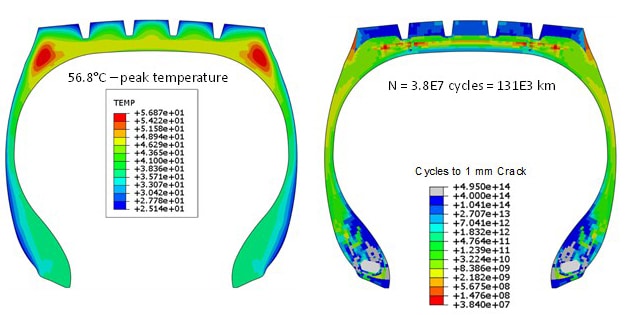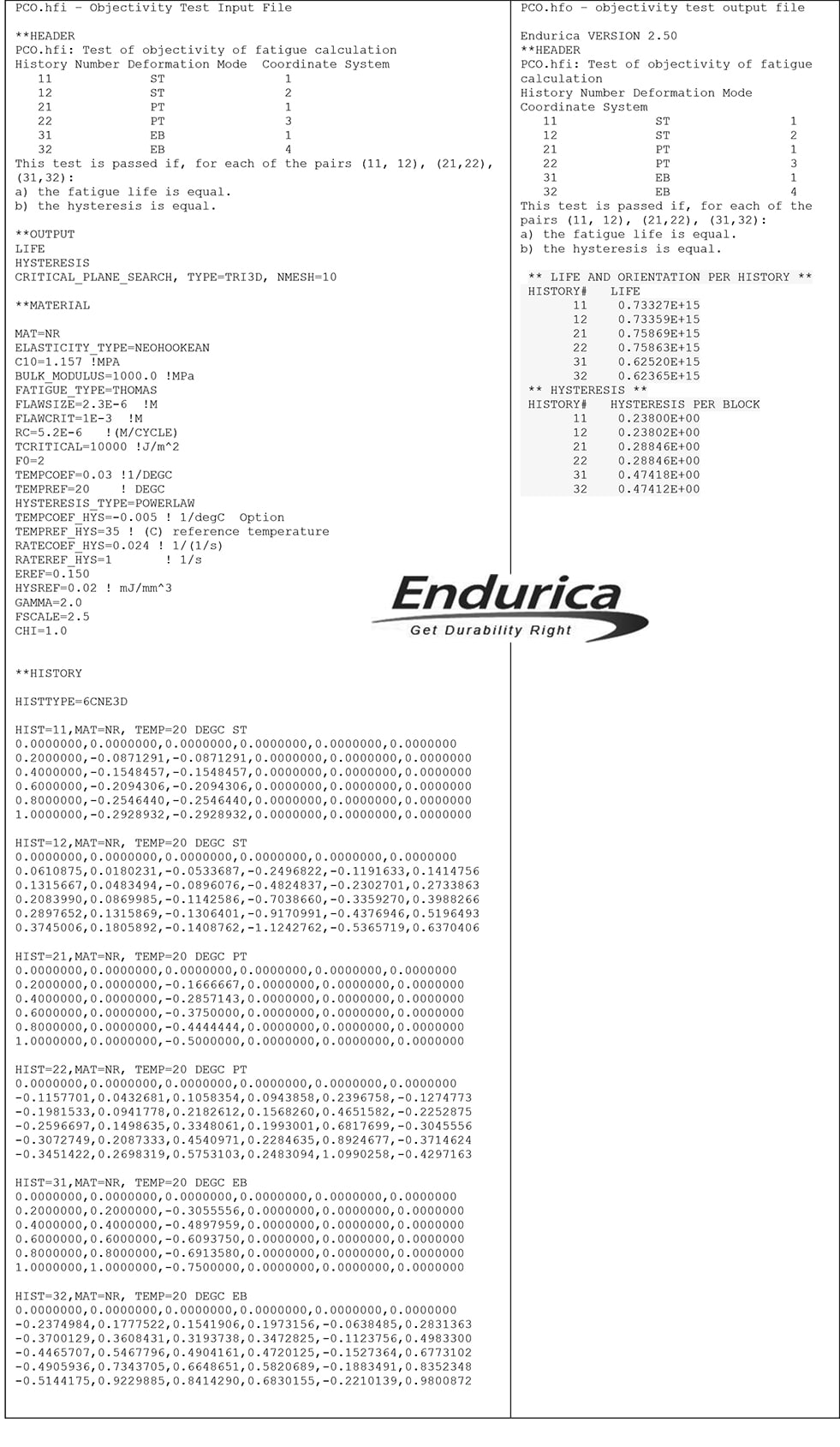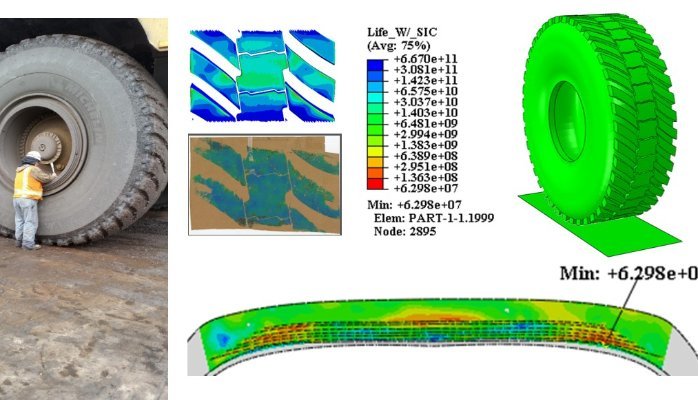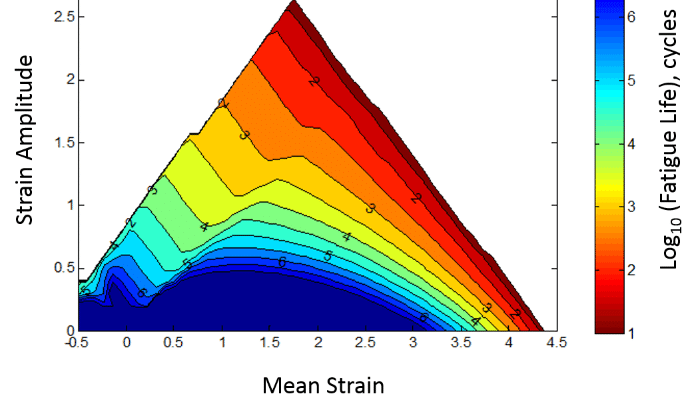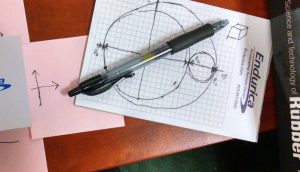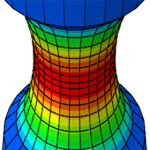Every year, the top minds from academia, government and industry gather in Akron to share their work at the Tire Society annual meeting, and to enjoy a few moments of professional camaraderie. Then we all return to fight for another year in the trenches of the technology wars of our employers.
This year, the meeting offered the latest on perennial themes: modal analysis, traction, materials science, noise, simulation, wear, experimental techniques for material characterization and for model validation. Too much to summarize with any depth in a blog post. If you are interested, you should definitely resolve to go next year. Endurica presented two papers this year.
I presented a demonstration of how the Endurica CL fatigue solver can account for the effects of self-heating on durability in a rolling tire. Endurica CL computes dissipation using a simple microsphere model that is compatible, in terms of discretization of the shared microsphere search/integration domain, with the critical plane search used for fatigue analysis. In addition to defining dissipative properties of the rubber, the user defines the temperature sensitivity of the fatigue crack growth rate law when setting up the tire analysis. In the case considered, a 57 degC temperature rise was estimated, which decreased the fatigue life of the belt edge by a factor of nearly two, relative to the life at 23 degC. The failure mode was predicted at the belt edges. For 100% rated load, straight ahead rolling, the tire was computed to have a life of 131000 km.
The best audience question was theoretical in nature: are the dissipation rates and fatigue lives computed by Endurica objective under a coordinate system change? And how do we know? The short answer is that the microsphere / critical plane algorithm, properly implemented, guarantees objectivity. It is a simple matter to test: we can compute the dissipation and fatigue life for the same strain history reported in two different coordinate systems. The dissipation rate and the fatigue life should not depend on which coordinate system is used to give the strain history.
For the record, I give here the full Endurica input (PCO.hfi) and output (PCO.hfo) files for our objectivity benchmark. In this benchmark, histories 11 and 12 give the same simple tension loading history in two different coordinate systems. Likewise, 21 and 22 give a planar tension history in two coordinate systems. Finally, 31 and 32 give a biaxial tension history in two coordinate systems. Note that all of the strain histories are defined in the **HISTORY section of the .hfi file. In all cases, the strains are given as 6 components of the nominal strain tensor, in the order 11, 22, 33, 12, 23, 31. The shear strains are given as engineering shear components, not tensor (2*tensor shear = engineering shear).
The objectivity test is successful in all cases because, as shown in the output file PCO.hfo, both the fatigue life, and the hysteresis, show the same values under a coordinate system change. Quod Erat Demonstrondum.

